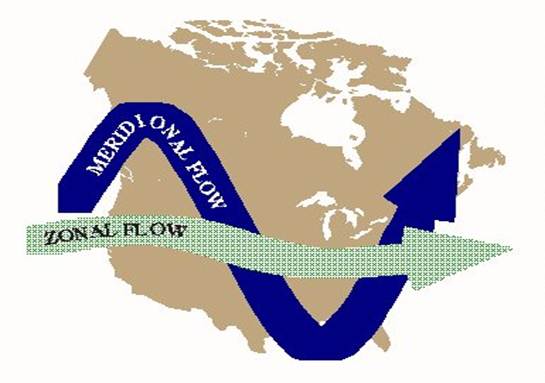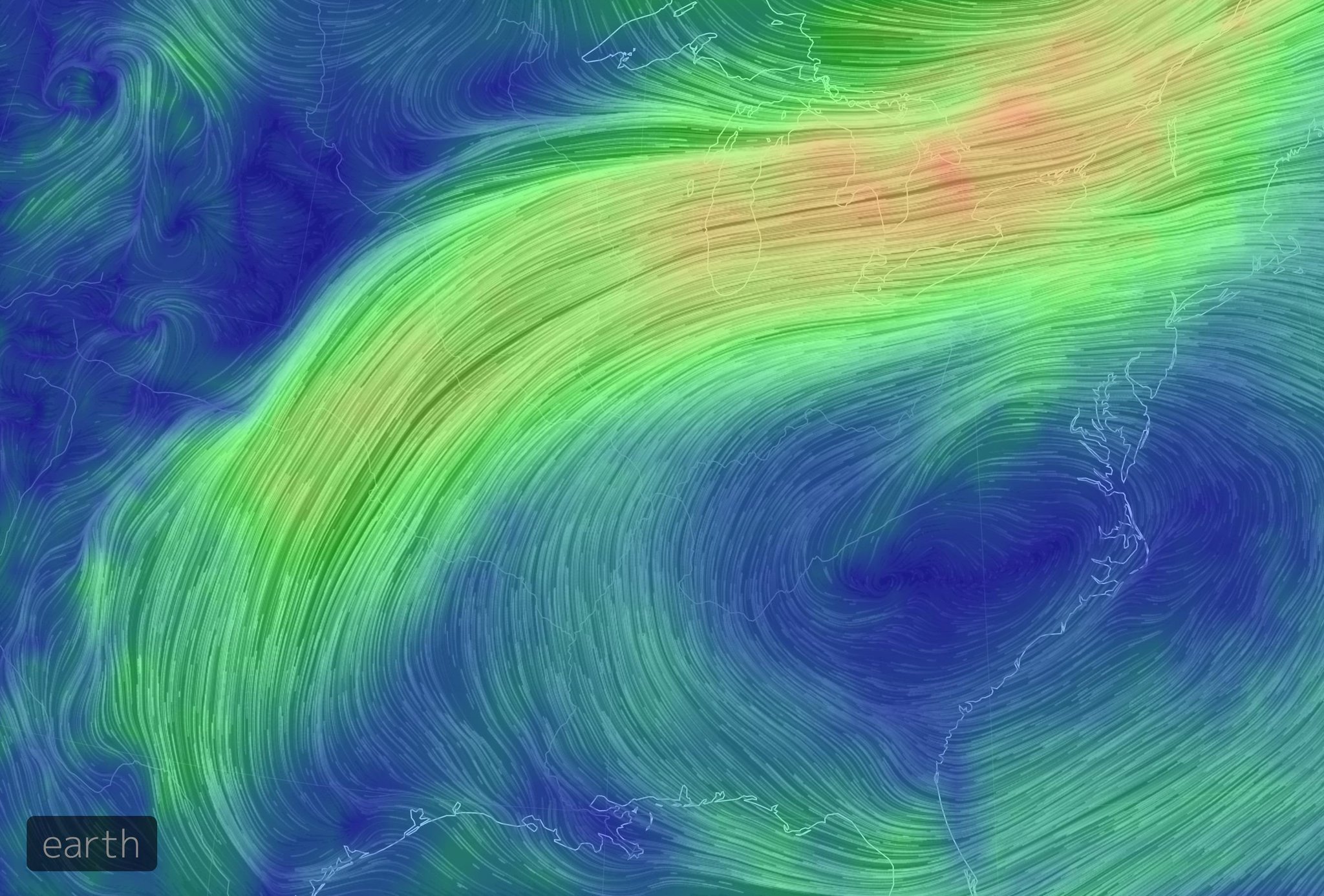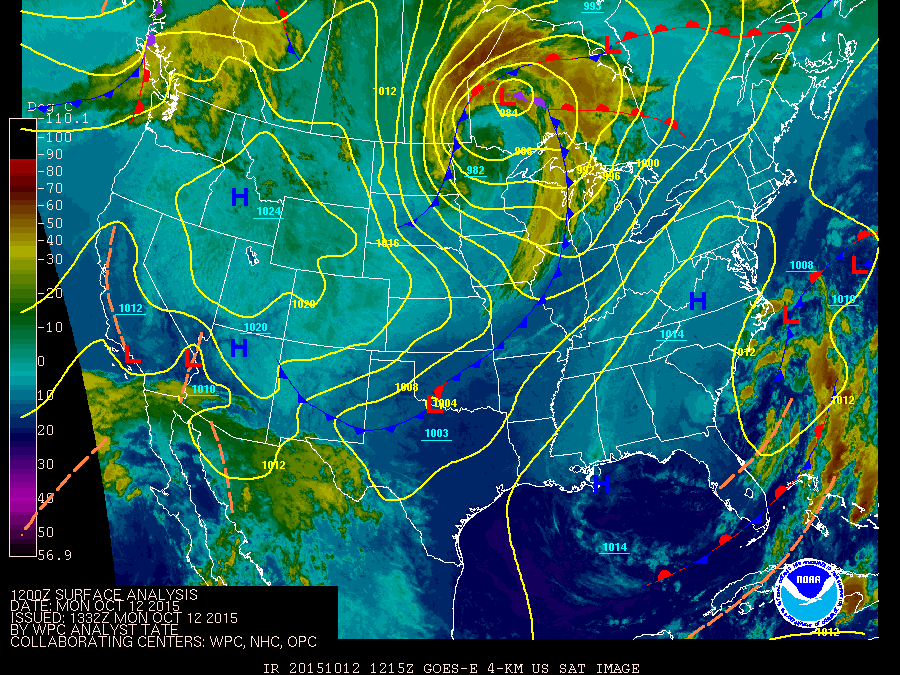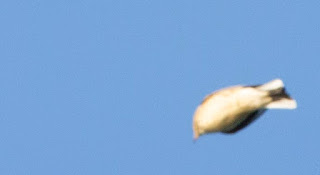With next Thursday (maybe weds or friday) looking like CAVE SWALLOW weather in the southern Great Lakes, I thought I'd throw down some of the meteorological patterns I have observed that were associated with Cave Swallow events... The models are still a bit variable, so I may wait a few days before throwing out the formal rarity alert. (But heads up - Tue-Wed-Thur-Fri-Sat are looking good for various reasons).
I'll also preface and say that I have NOT carefully observed CASW patterns on the east coast. If you have any additional thoughts or observations - leave them in the comments! (or email me etc)
Let's get to it!
To begin - I have a rough theory that CASW do not behave as other vagrants do. They seem (to me) to be intentionally migrating north over a period of several days to weeks, potentially even waiting out poor weather before making the next jump north. A similar behaviour would be the spring migration of Broad-winged Hawks - where you need good weather over a period of several days (to weeks) to bring the birds from Mexico north to the Great Lakes. In this scenario it is entirely possible to have amazing hawk migration weather on April 14th, but no Broad-winged Hawks - simply because they aren't close enough. Then the next day (on seemingly poor weather) - they're close enough now to start filtering past.
Similar to hawk migration - the weather not only plays an important part in bringing CASW to our area, but is perhaps equally as important in bringing those CASW to a location where birders can detect them. In my local area (Hamilton, ON) - we can have great CASW weather, but if a gentle "lake breeze" picks up out of the NE - we can't find any CASW. I presume they are flying past inland, at height - and with no concentrated flight path... When the wind finally goes south (and pushes them against the shore) - boom. There they are.
---
So with the preface out of the way, here are some weather systems that can bring CASW into the Great Lakes -
Zonal Flow!
I just talked about this for the first time in a recent blog post, where you generally have a horizontal jet stream sucking up the air - no obvious storm system - and a big old area of high pressure to the south. There is no rain in the way and prolonged S or SW winds blow in from the deep south:
(Yellow line is jet stream, green line is wind in this image)
There seems to be little concentration effect with this weather, so I've yet to see anyone get big CASW #'s from this pattern - but it also seems to be bonkers for bringing mega rare passerines along with it - so worth keeping an eye out for!
#2!
Anafront (type of cold front)
Meridional Flow is the opposite of Zonal Flow - where you have large kinks in the jet stream and contrasting air masses. As the air masses mix, there are various ways the warm air masses and cold air masses interact. The best (in this scenario) are Anafronts - where rain falls inside the cold part of the frontal boundary and not in the warm sector.
(note you can have Katafront A associated with zonal flow - this was just the best graphic I found for Anafront)
The important thing here isn't the front of cold air itself, but how the warm air is acting in advance of the arrival of the Anafront. Strong S winds (often due S) and clear to semi-clear skies. Generally you'll have a sharp cold front dipping down into the central/south-central USA - and the associated low/warm front NORTH of the Great Lakes. Here is the surface map from Oct 26, 2012 - when we had a record count of 148 Cave Swallows in 3 hours in Grimsby, ON
This is an extreme example - but not the warm front far to the N (and the associated low) - with the far reaching cold front. I've drawn in green where the precipitation would be (guess) and the yellow line indicates the direction of the southerly air. I should also note that this storm did not act alone - 7-10 days earlier there was excellent weather to push CASW "close enough" to take advantage of this weather on Oct 26... The S winds are strongest closest to the frontal boundary. If it were raining there (katafront) - then the strongest winds would be useless for Swallow migration!
This setup also favours birders, who can position themselves at concentration points along the lakeshores and wait for them to fly past. I'm also not terribly sold on this setup bringing OTHER vagrants in the fall in any great numbers. Sure, something like an austral migrant might be mixed in - and mega rares turn up anytime - but it doesn't seem as good as the other two discussed here.
#3!
Extratropical Cyclones with Warm Seclusions
Big storms that "wrap up" into extratropical cyclones - with strongly contrasting hot/humid warm air and cold arctic air - are a pretty standard mechanism for blowing unusual birds around the Great Lakes. Many of these storms do NOT suit Cave Swallows. The last system had very strong SW winds - but they originated from MANITOBA (eg,/ not CASW home)...
In the largest of storms, sometimes you get an occluded front, followed by a warm seclusion that serves to really strengthen the system. In October 2010, we saw the most powerful extratropical cyclone ever (inland) in North America - and it brought a TON of Cave Swallows with it.
First, here's a breakdown on the evolution of Extratropical Cyclones (two models) :
Roughly:
I - warm air meets cold air, low pressure forms at centre
II - low becomes defined, frontal boundaries become defined
III - system strengthens, cold air starts to overtake the warm air at the surface. (note the disconnect in the fronts - I like the Shapiro-Keyser model)
IV - now a pocket of warm air is broken off from the surface air- the cyclone has "spun up" and pressures fall and winds pick up big time.
SO as this happened in 2010, the fronts "wrapped up" - and suddenly - on what is technically the COLD side of the system - we had far reaching SW winds. Here is a surface map (at record intensity) - and I've added a yellow line indicating where the winds were coming from (my guess):
These big lows are the classic "rarity" setup - as far as I'm concerned - air blows into the centre from all directions and all sorts of insanity ensues. I don't think this is a classic Cave Swallow pattern - but in 2010 the storm was such a monster that it brought HUGE numbers of CASW into Ontario (probably the single largest invasion to date?). The key was this additional mechanism on providing clear(ish) skies and far reaching SW winds. The satellite image of the storm really shows why Long Point, ON had so many Cave Swallows arrive. It suited that location perfectly. (Once again I've added a yellow wind-line, and also some frontal lines):
So there we go! Three different weather patterns that have brought Cave Swallows to the Great Lakes. Zonal flow, Anafronts and exceptional Extratropical Cyclones with a Warm Seclusion.
Perhaps new setups are yet to be discovered? These are also the weather that BRINGS the Cave Swallows to our area. FINDING Cave Swallows is another weather-dependant exercise all in itself!
(Photo taken on north winds at Point Pelee)
















































